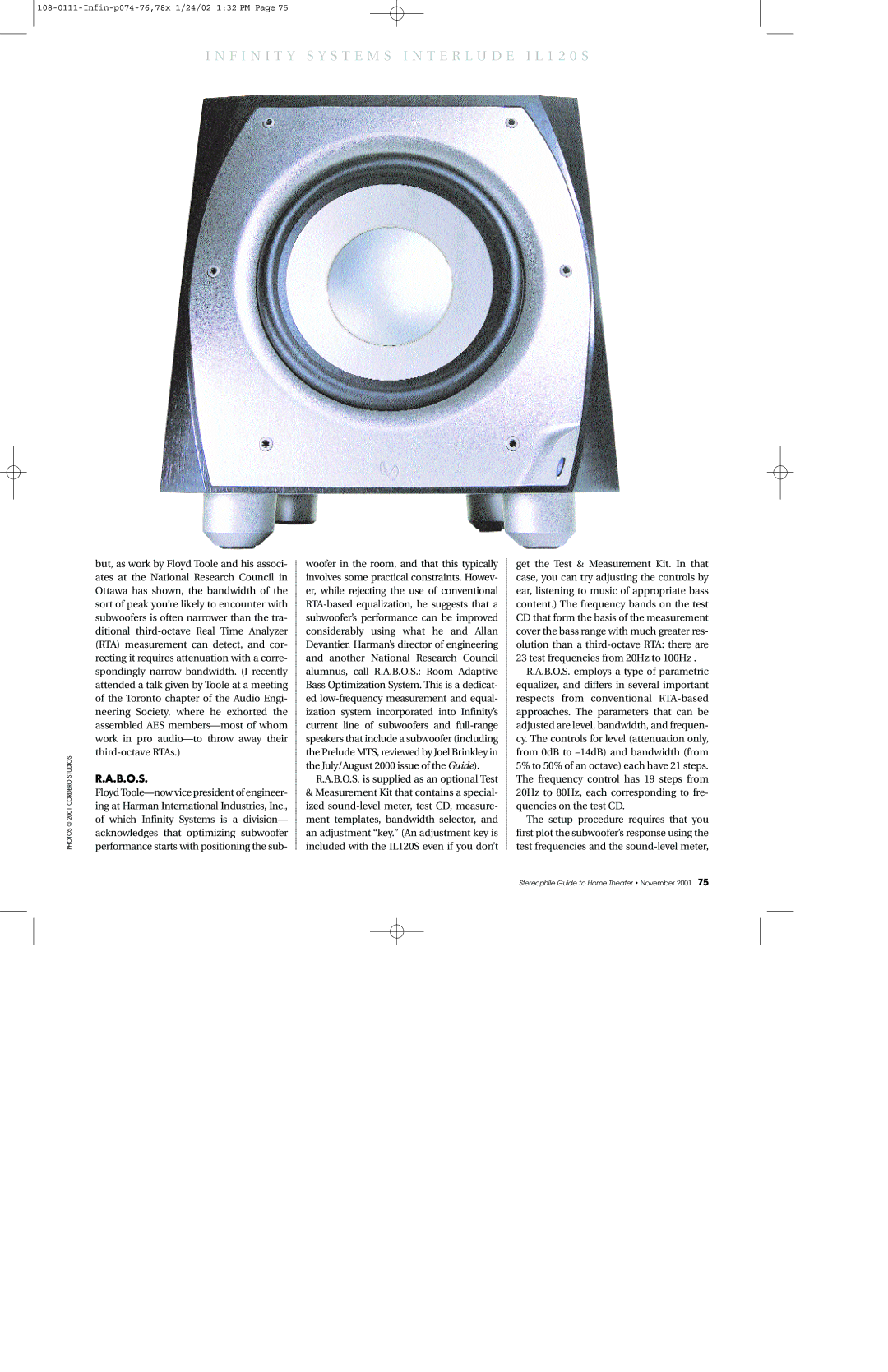IL120s specifications
The 3D Connexion IL120s is a specialized input device designed for professionals in fields such as engineering, architecture, and design. As a prominent tool in the realm of 3D modeling and navigation, the IL120s enhances productivity and offers a distinct method for interacting with digital environments.One of the standout features of the IL120s is its ergonomic design, which allows for comfortable extended use without causing strain on the user's hands or wrists. Unlike traditional mice, the IL120s is designed to facilitate a more natural form of interaction, where users can pan, zoom, and rotate 3D models with simple hand movements. Its intuitive manipulation components make it a favorite among CAD professionals who require high precision and efficiency in their workflow.
The IL120s employs 3D motion sensing technology, which tracks the user's movements in multiple dimensions. This technology allows users to control their virtual environment fluidly and intuitively. The inclusion of enhanced haptic feedback ensures that users receive tactile responses as they interact with their models, further enriching the user experience. This level of interactivity makes it easier for designers to visualize changes in real-time and adapt their work dynamically.
Another notable characteristic of the IL120s is its customizable controls. Users can program various buttons on the device to execute specific commands or shortcuts, thereby streamlining their workflow. This flexibility lets professionals tailor their experience according to the software they use, making it a versatile tool compatible with a broad range of applications, from 3D rendering to complex simulations.
The IL120s features a robust build quality that can withstand the rigors of everyday use in busy studio environments. The non-slip base ensures stability during operation, preventing accidental slips that could disrupt workflows. Additionally, the compact size of the IL120s makes it easy to transport, allowing users to maintain productivity whether at their desk or on the go.
In summary, the 3D Connexion IL120s stands out for its ergonomic design, advanced motion-sensing technology, customizable controls, and durable build. It is a powerful tool that aids professionals in navigating intricate 3D environments seamlessly, boosting both efficiency and creativity in various design processes.

